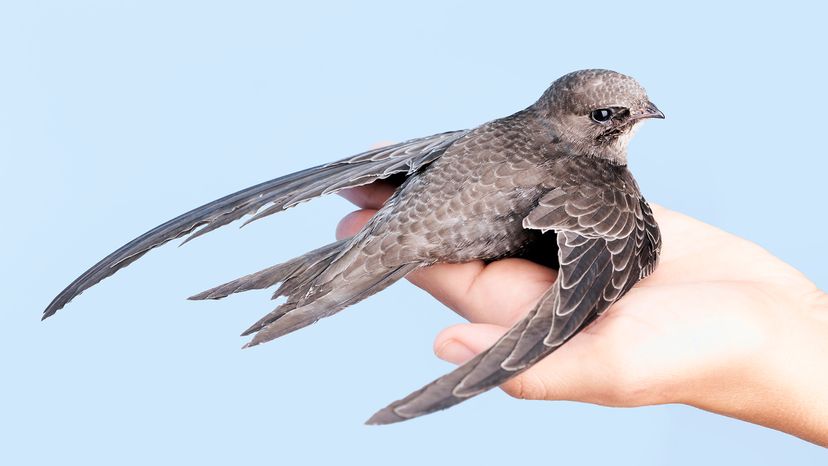
Can you do anything for 10 months straight without stopping? No, humans aren't set up for that sort of thing. But when it comes to endurance, the swift bird takes the crown. Biologists have discovered that a little bird called the common swift (Apus apus) can fly for 10 months straight without landing.
Using a new type of data logger that detects both light and the movement of the birds, a study from Lund University in Sweden discovered that while some individuals might land occasionally for brief periods, most remain airborne for their entire 10-month migration period, landing only for their two-month breeding season.
Advertisement
"This discovery significantly pushes the boundaries for what we know about animal physiology. A ten-month flight phase is the longest we know of any bird species — it's a record", says Dr. Anders Hedenström, a Lund University biologist.

